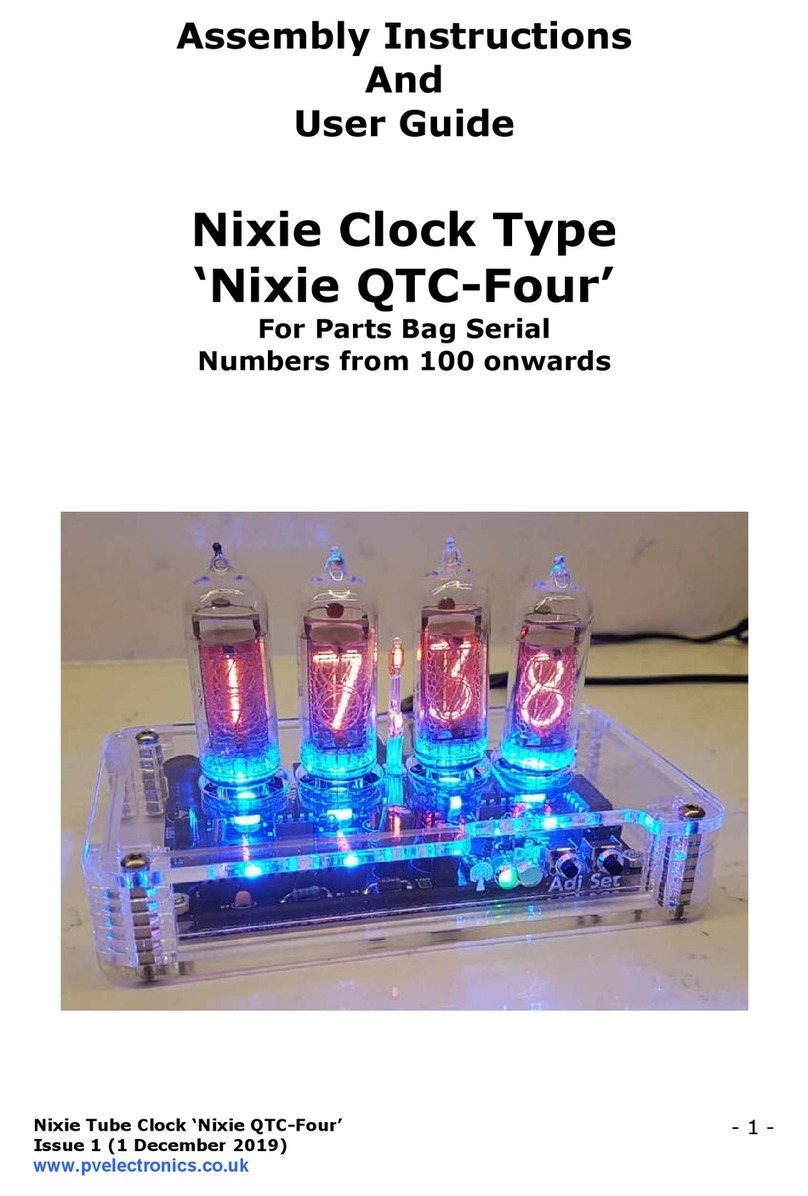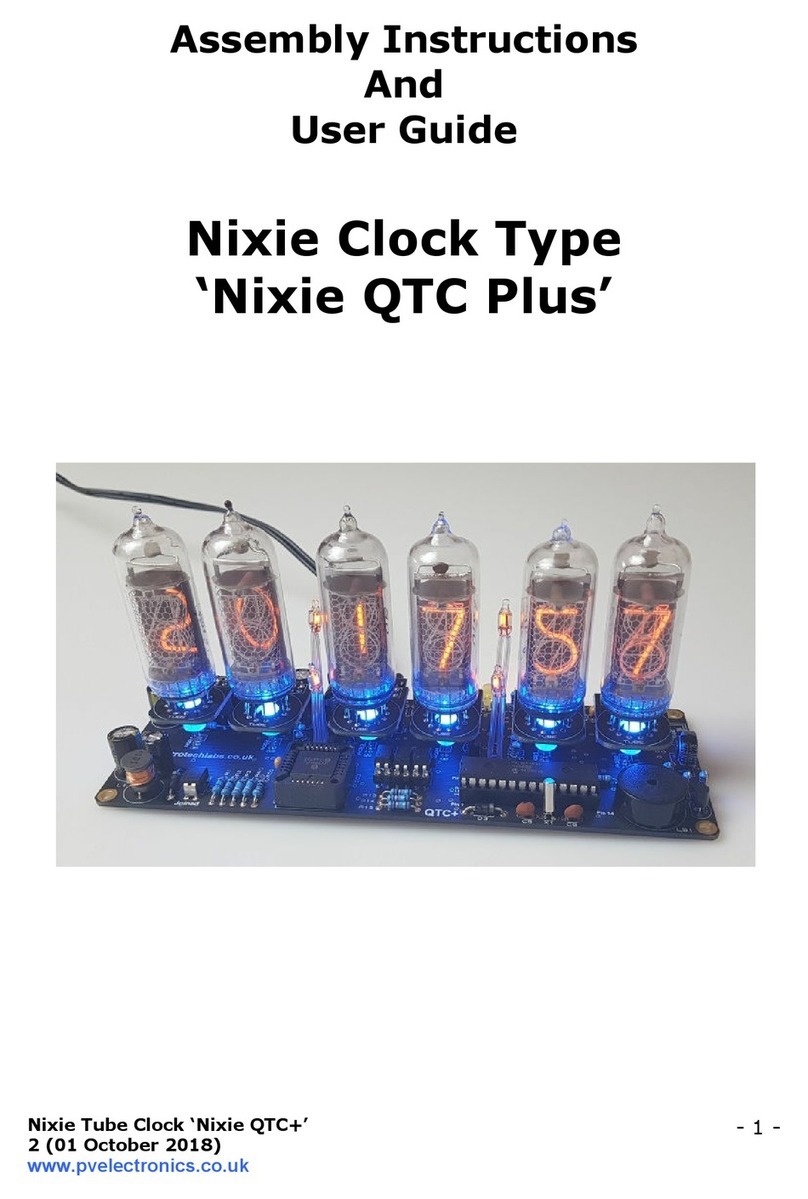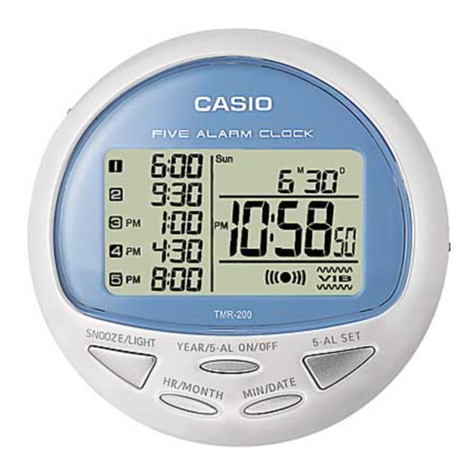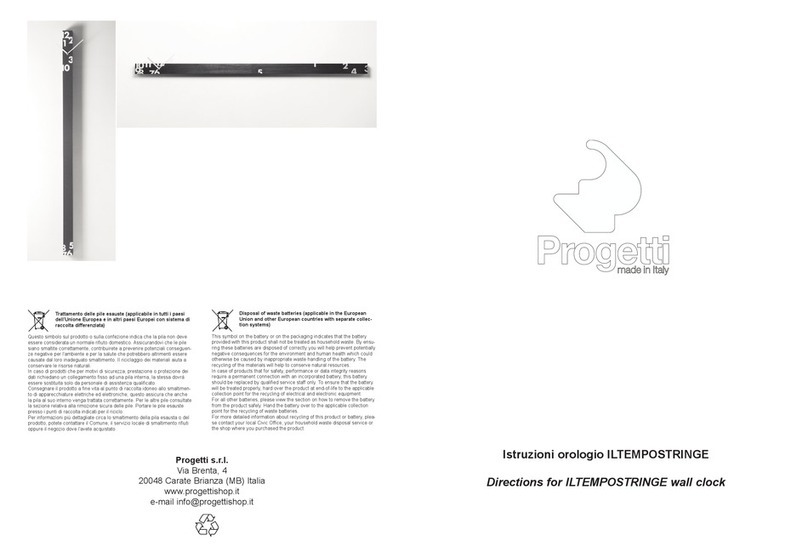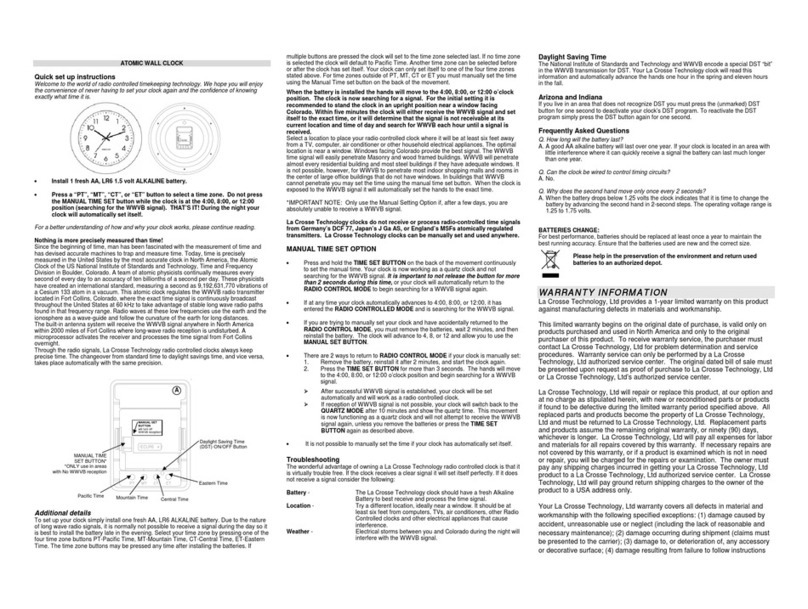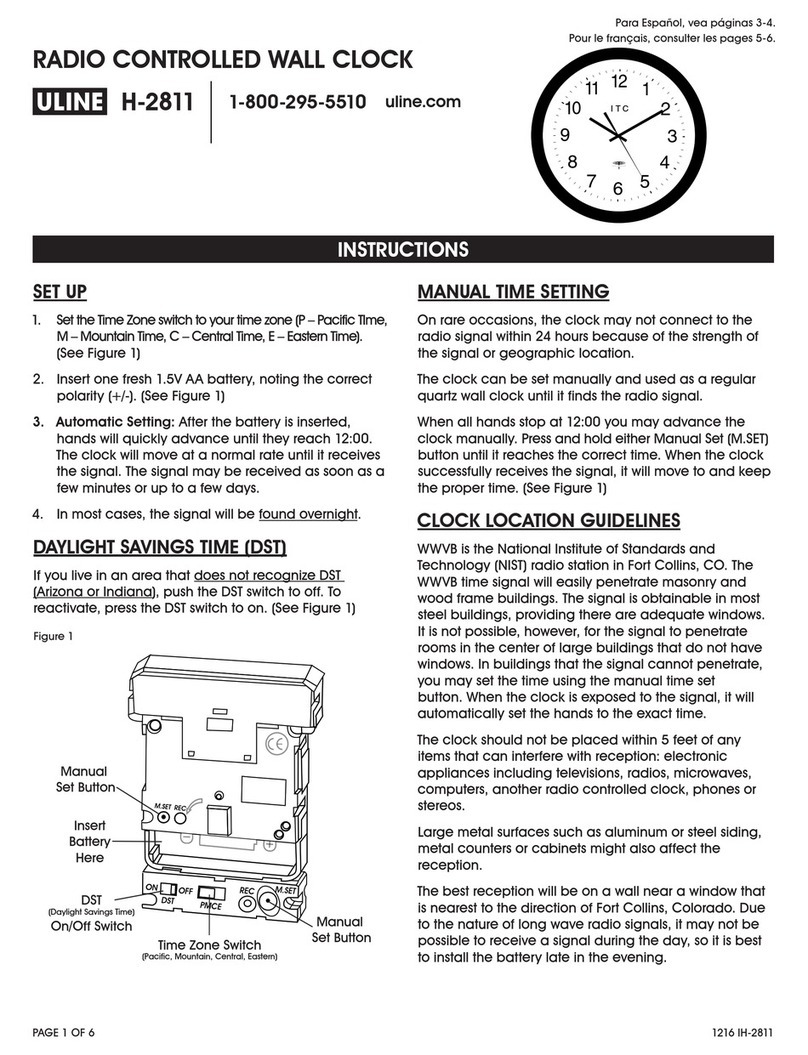Pvelectronics Nixie 5750 Configuration guide
Other Pvelectronics Clock manuals
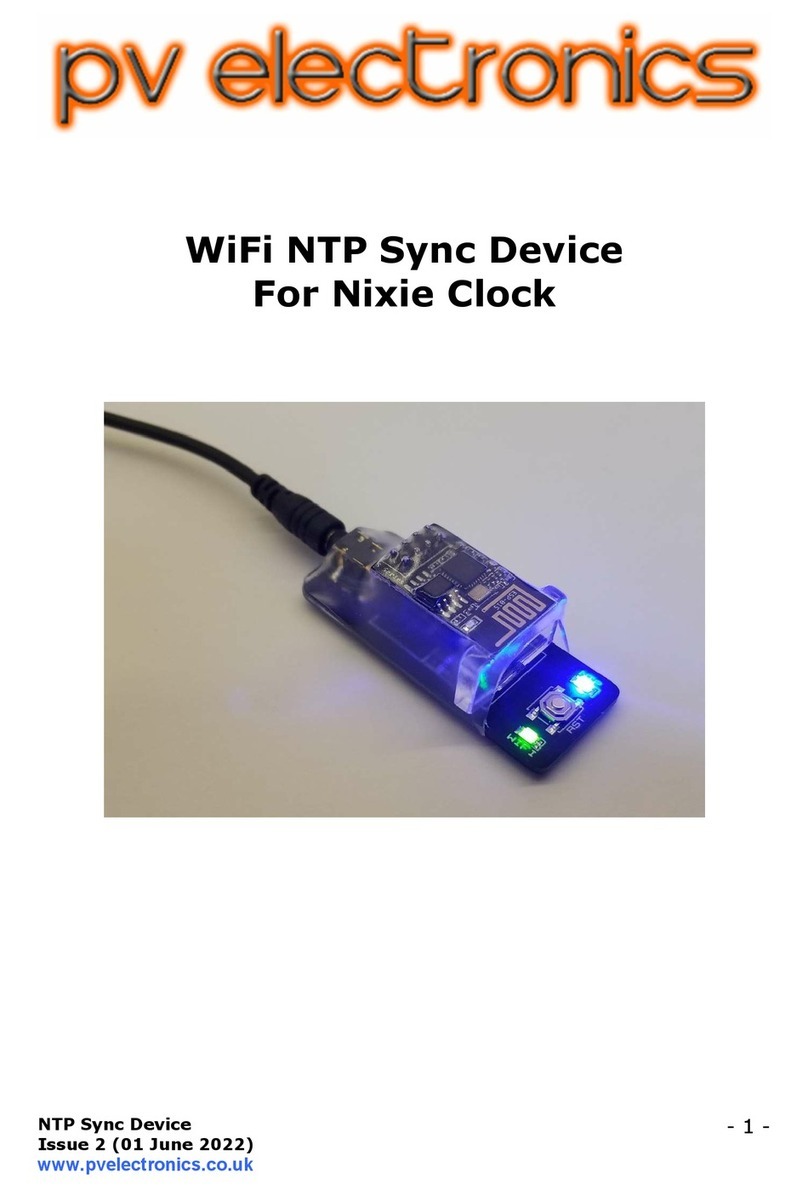
Pvelectronics
Pvelectronics WiFi NTP Sync Device User manual
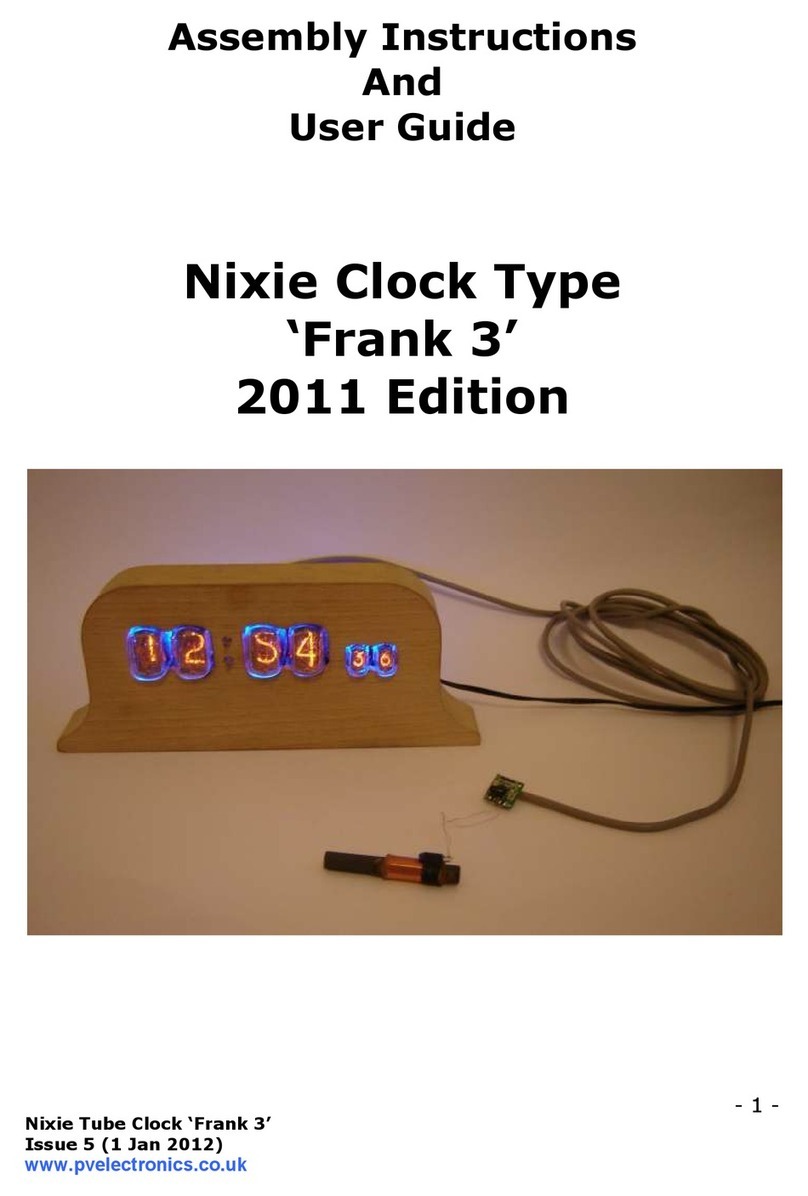
Pvelectronics
Pvelectronics Frank 3 Configuration guide

Pvelectronics
Pvelectronics Halo Clock Configuration guide

Pvelectronics
Pvelectronics Frank 3 Configuration guide
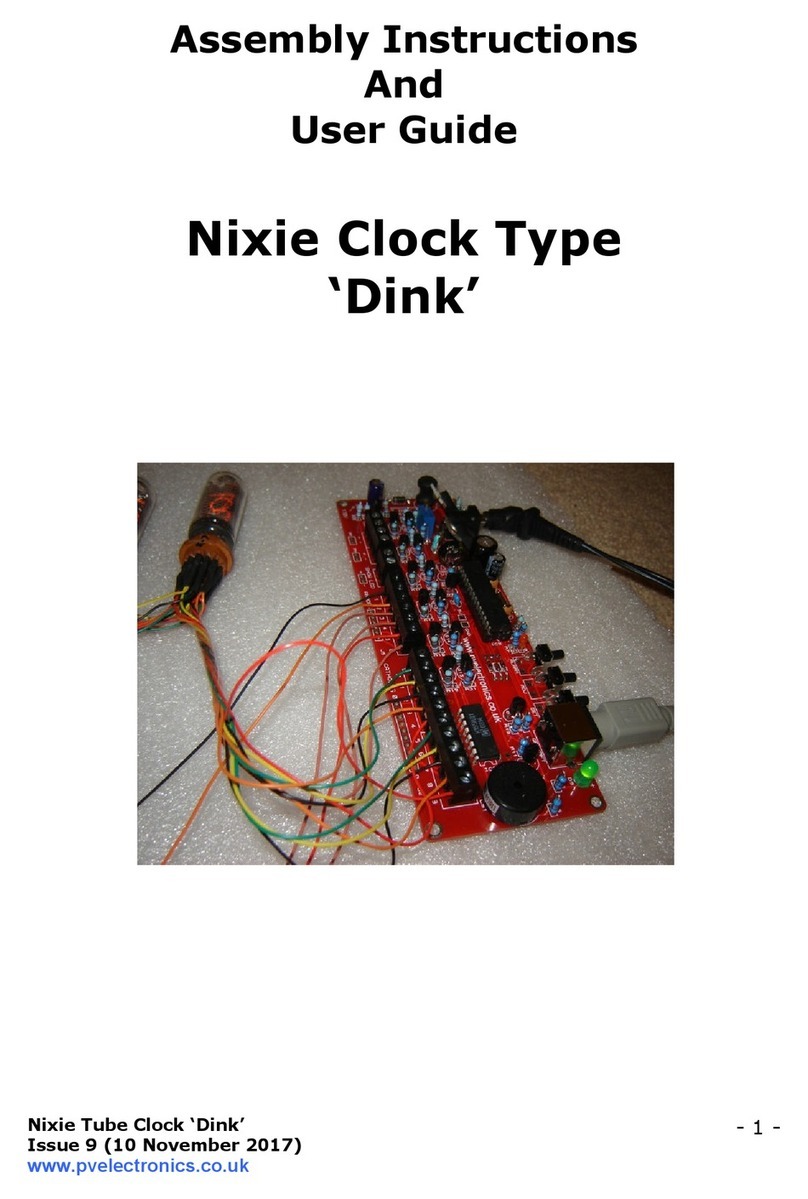
Pvelectronics
Pvelectronics Dink Configuration guide

Pvelectronics
Pvelectronics Frank 3 Configuration guide
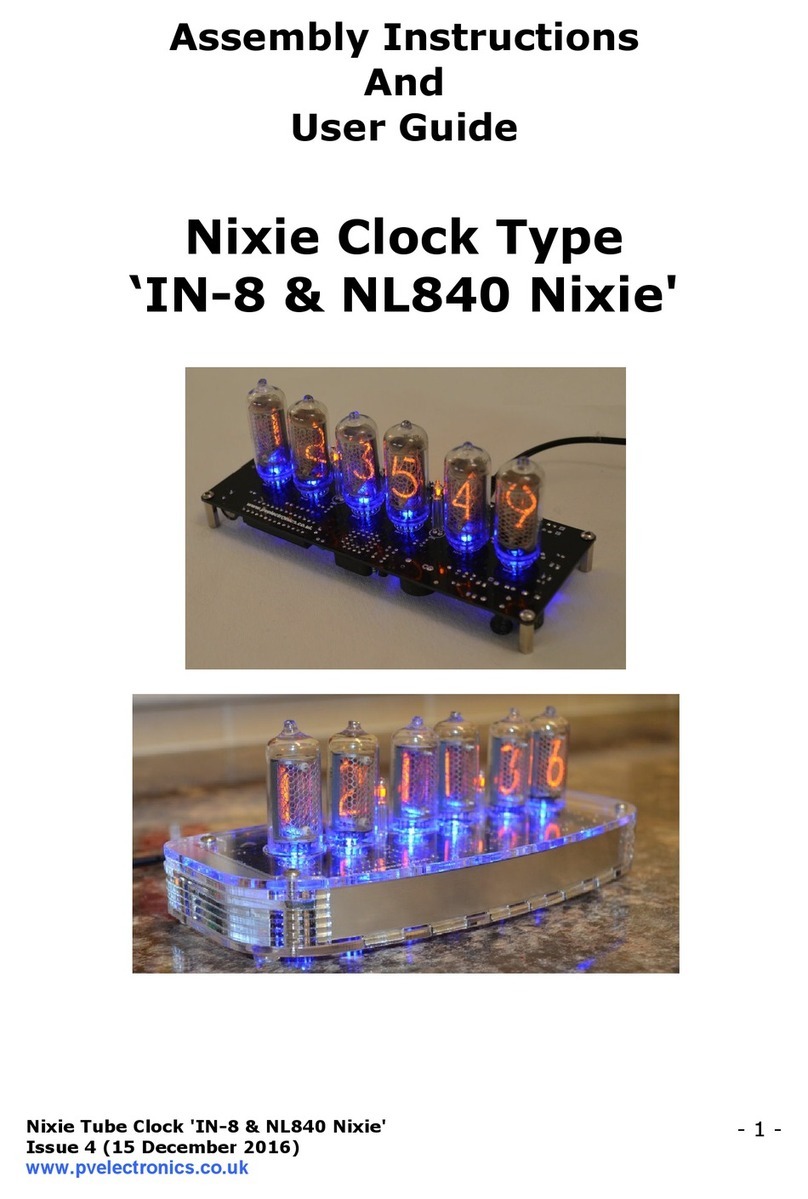
Pvelectronics
Pvelectronics IN-8 Configuration guide
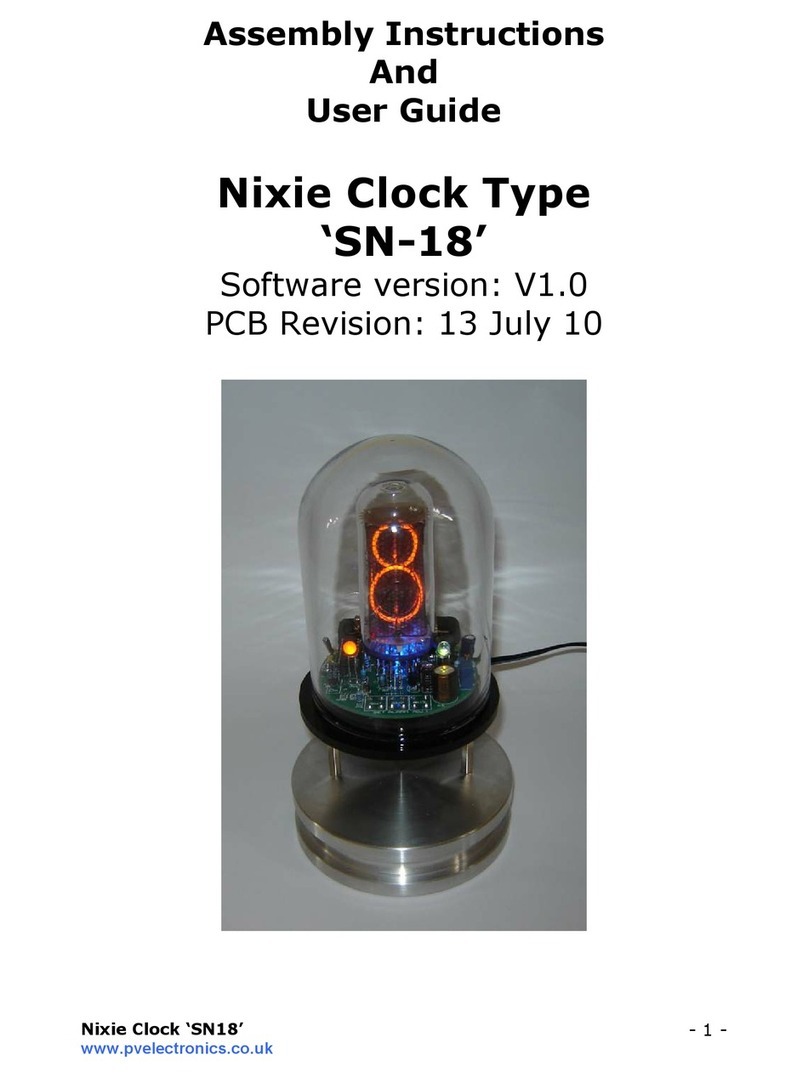
Pvelectronics
Pvelectronics SN-18 Configuration guide
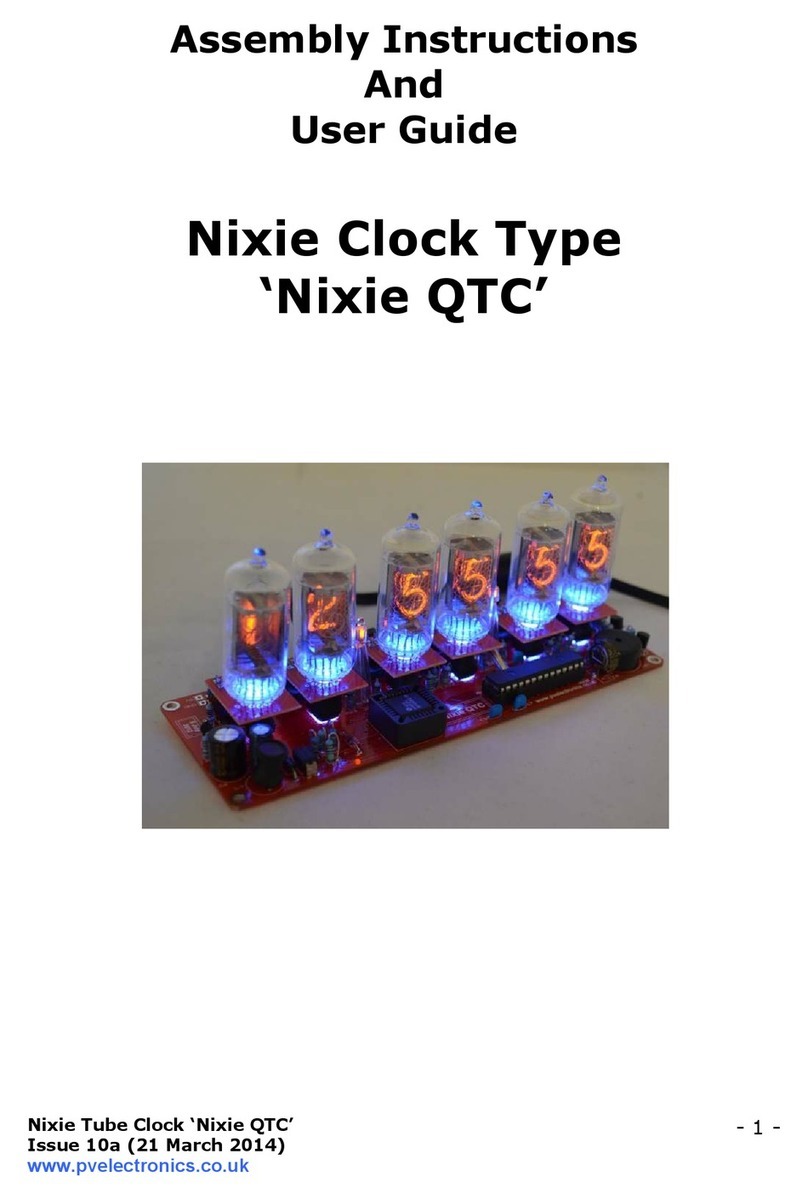
Pvelectronics
Pvelectronics Nixie QTC User manual
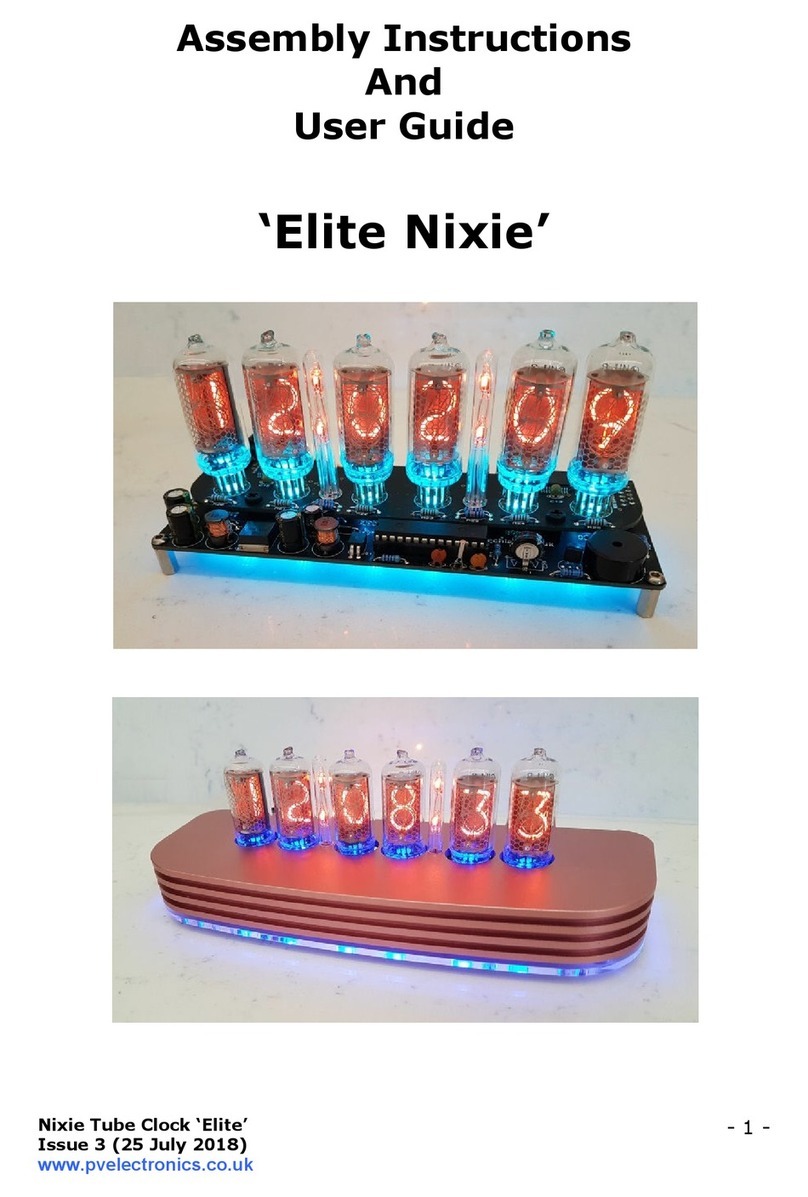
Pvelectronics
Pvelectronics Elite Nixie Configuration guide
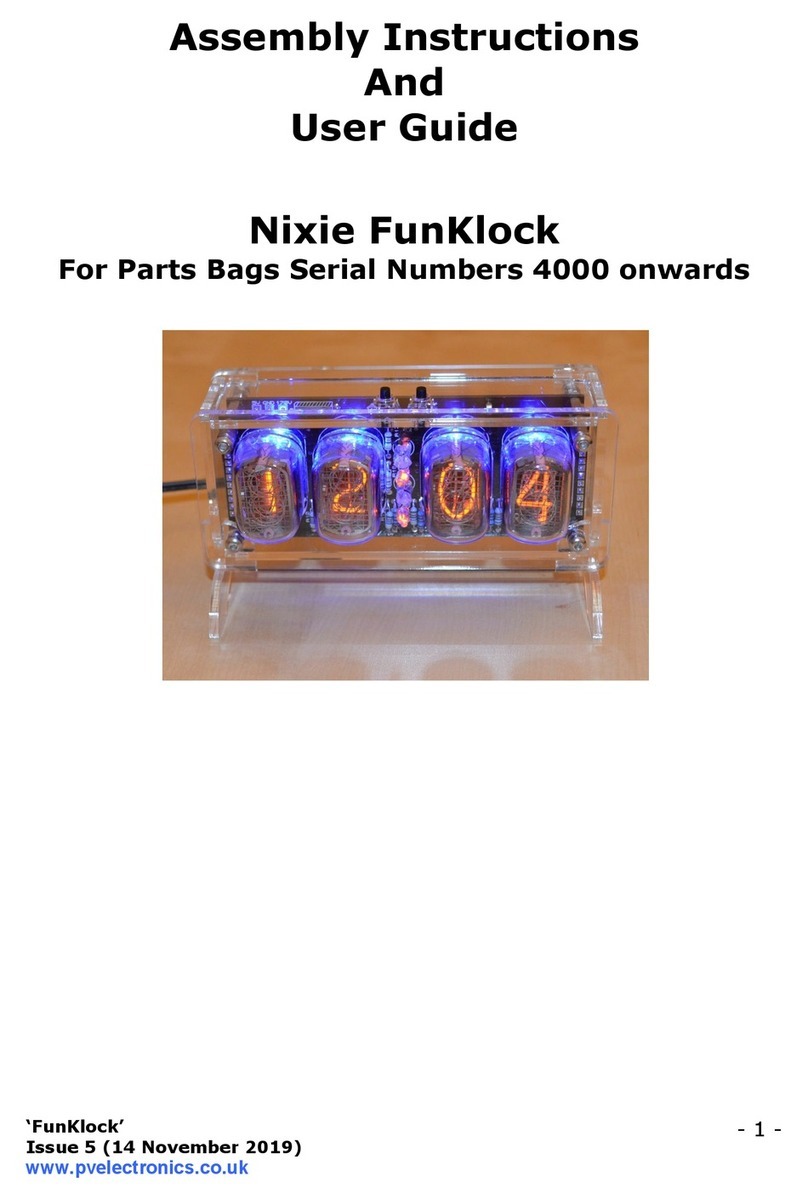
Pvelectronics
Pvelectronics Nixie FunKlock Configuration guide

Pvelectronics
Pvelectronics Frank 3 Configuration guide
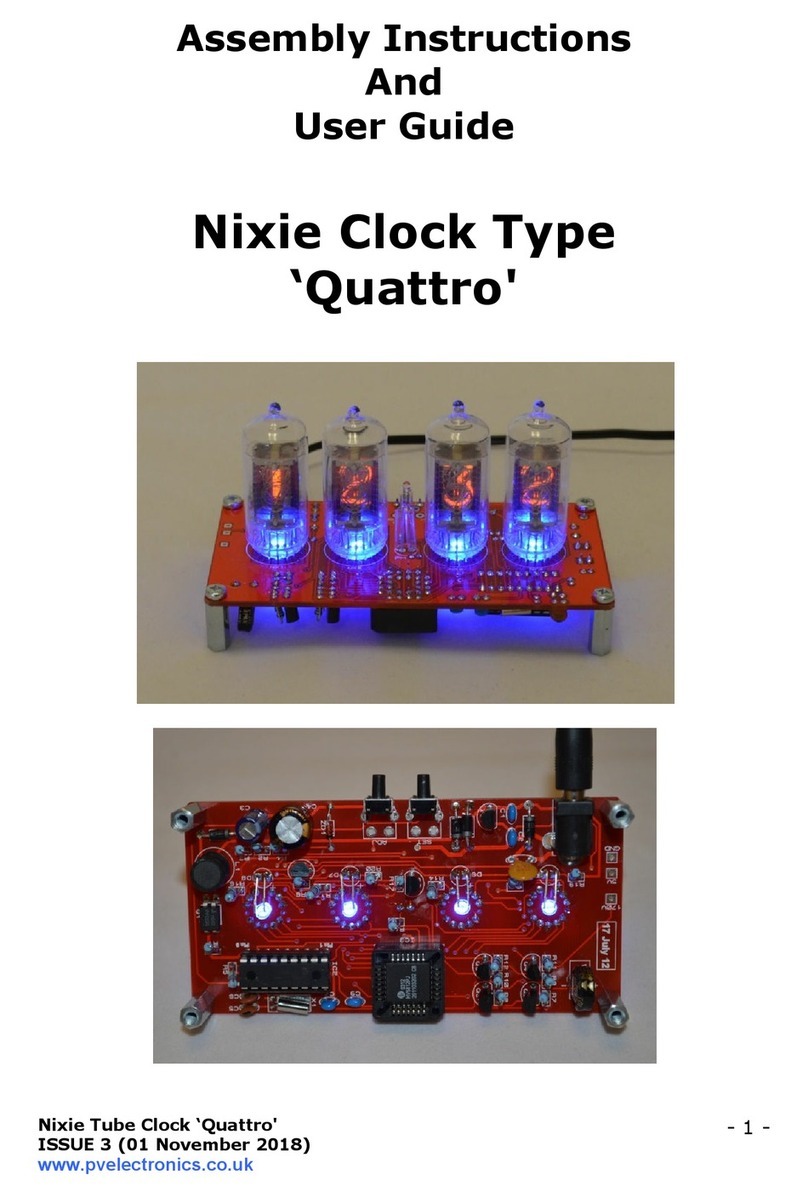
Pvelectronics
Pvelectronics Quattro Configuration guide
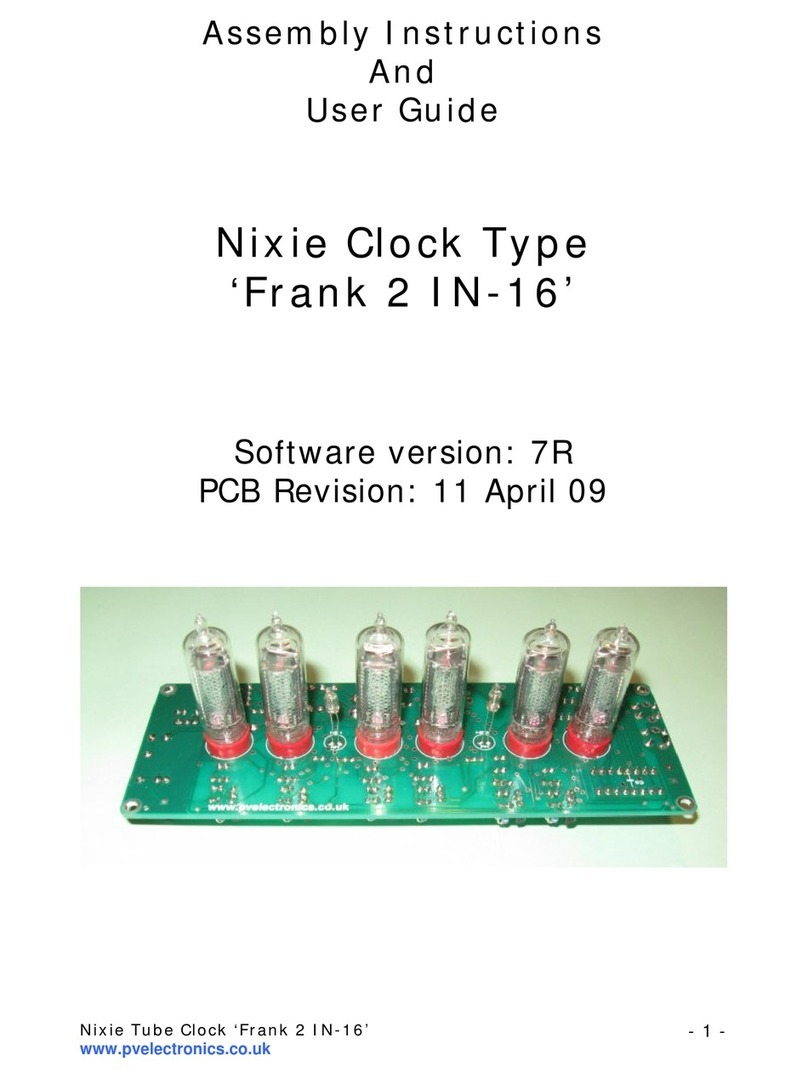
Pvelectronics
Pvelectronics Frank 2 IN-16 Configuration guide
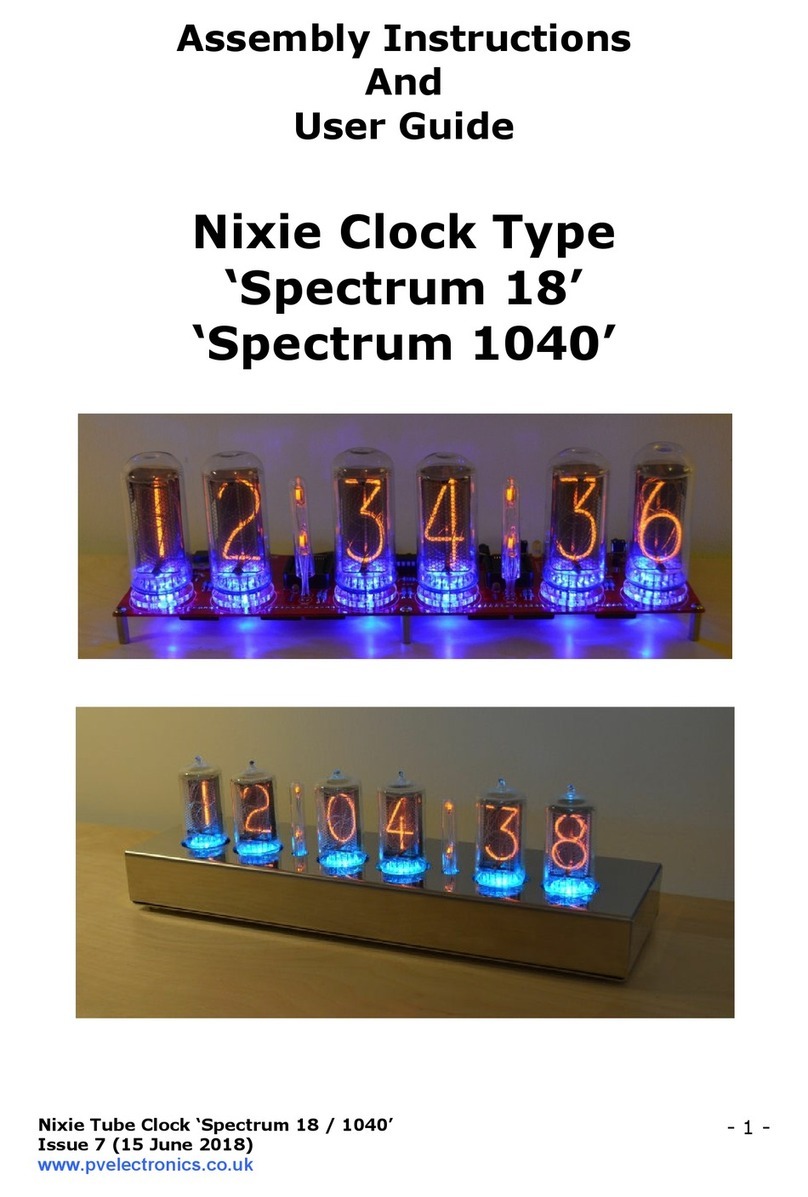
Pvelectronics
Pvelectronics Spectrum 18 Configuration guide
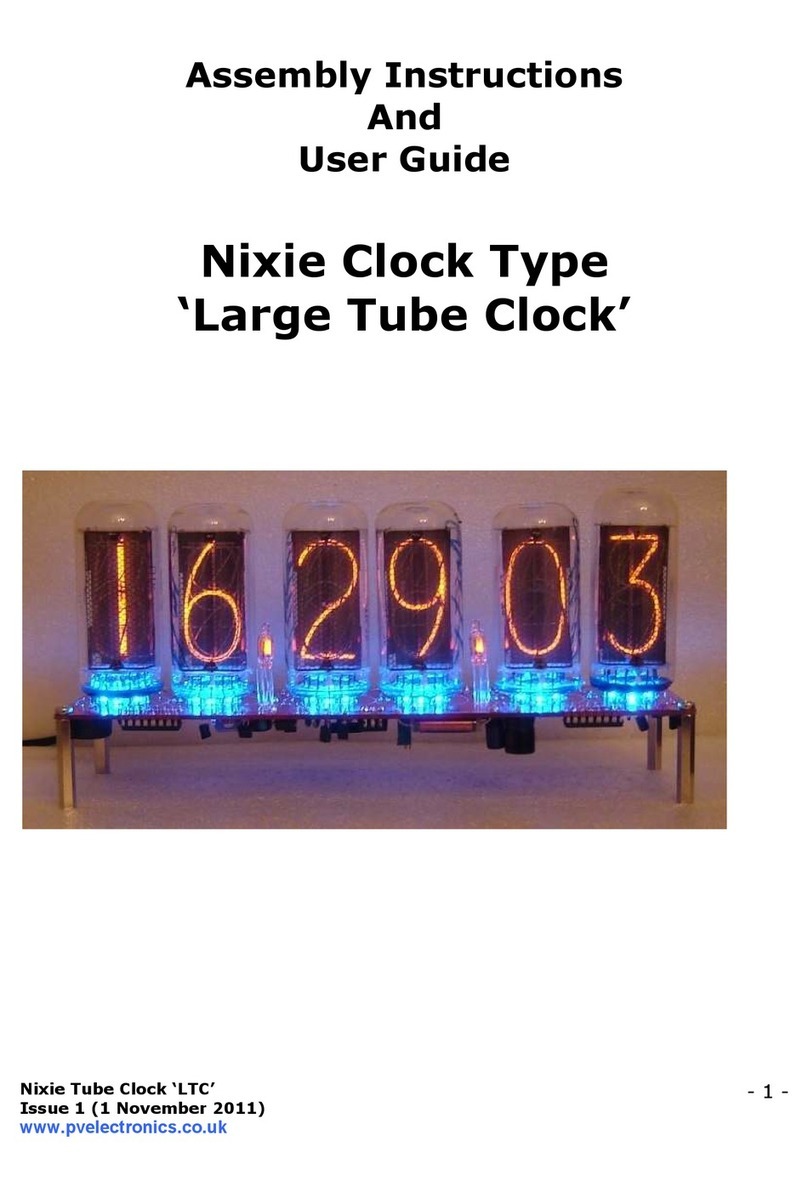
Pvelectronics
Pvelectronics Nixie Large Tube Clock Configuration guide
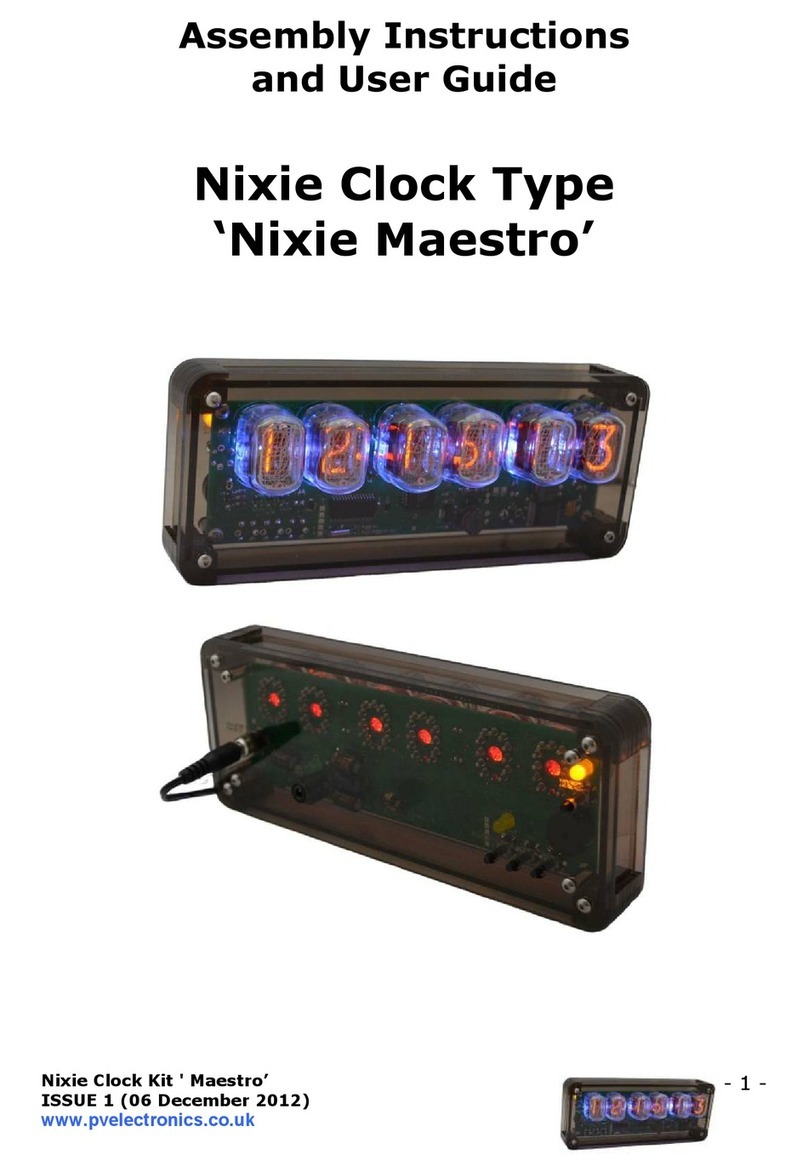
Pvelectronics
Pvelectronics Nixie Maestro Configuration guide
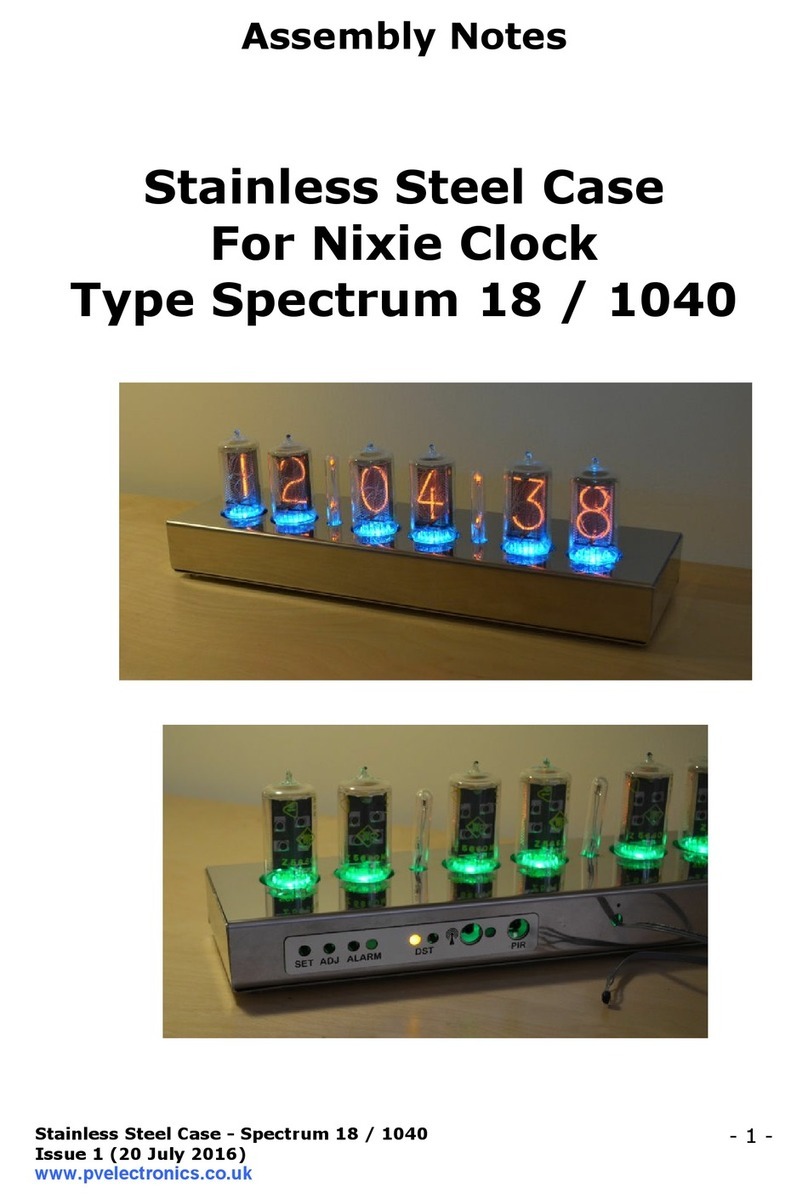
Pvelectronics
Pvelectronics Spectrum 1040 Quick start guide
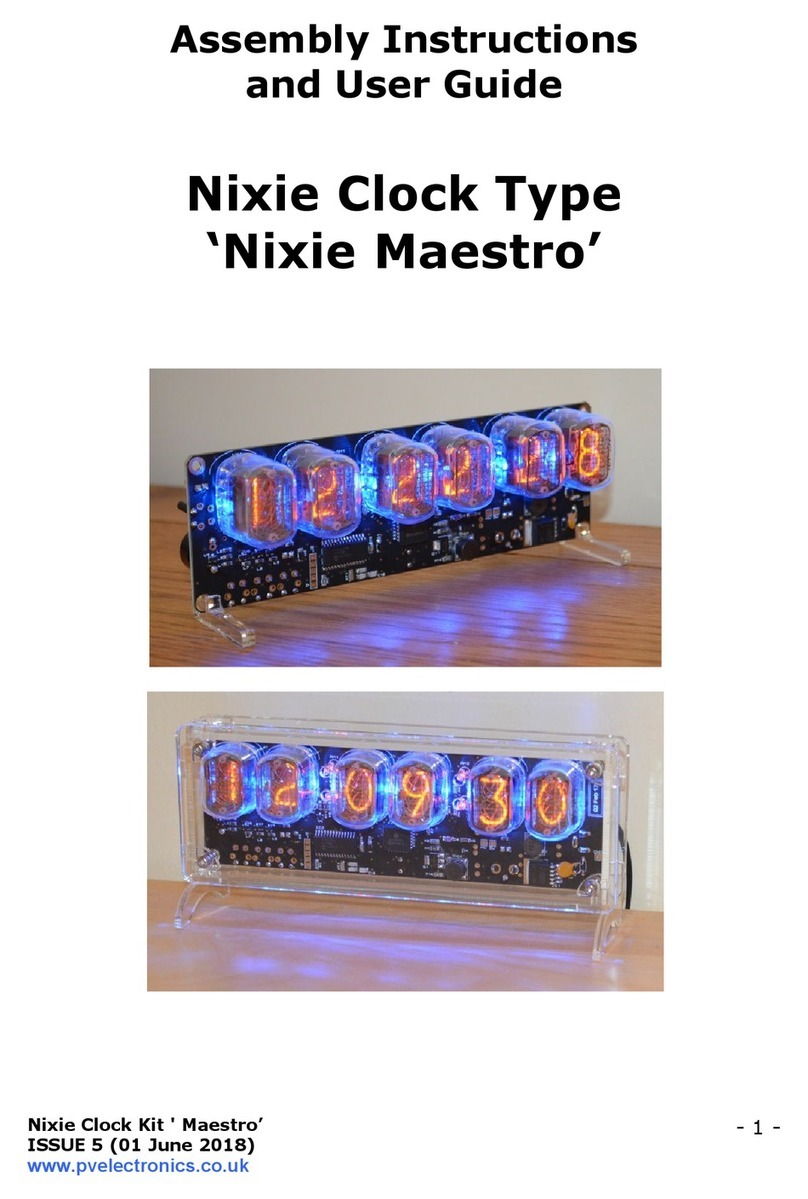
Pvelectronics
Pvelectronics Nixie Maestro Configuration guide
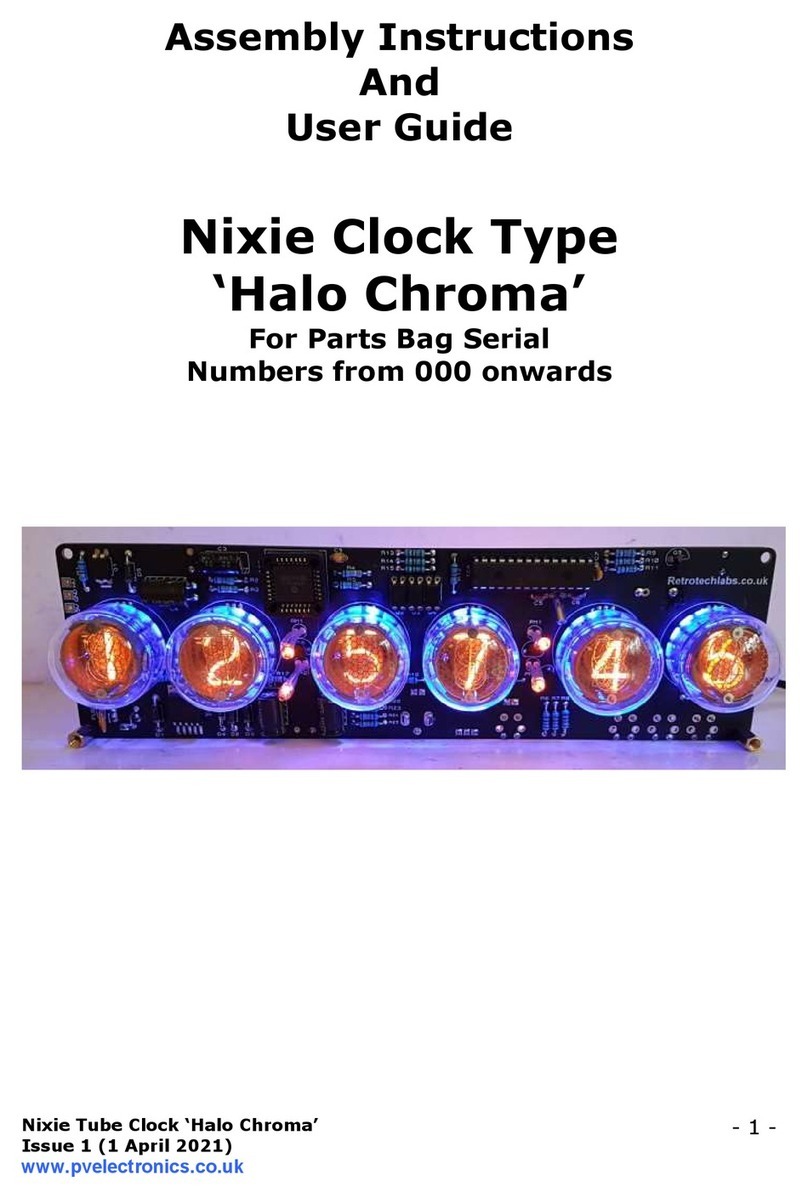
Pvelectronics
Pvelectronics Halo Chroma Configuration guide
Popular Clock manuals by other brands
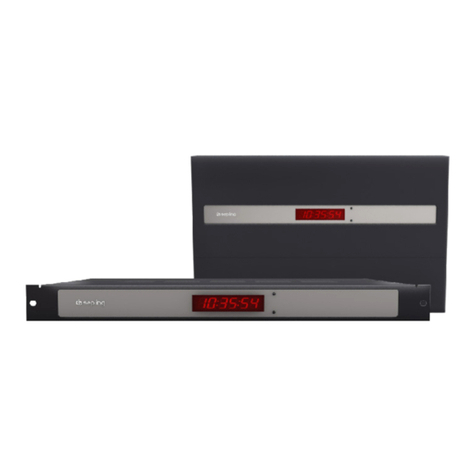
Sapling
Sapling NTP 7000 Series installation manual
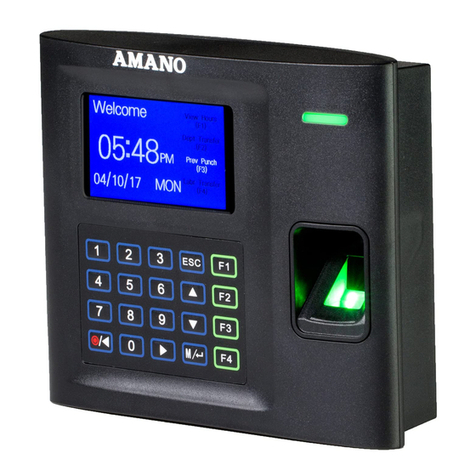
Amano
Amano MTX-30F Installation & operation guide

La Crosse Technology
La Crosse Technology BBB86118v3 Setup guide
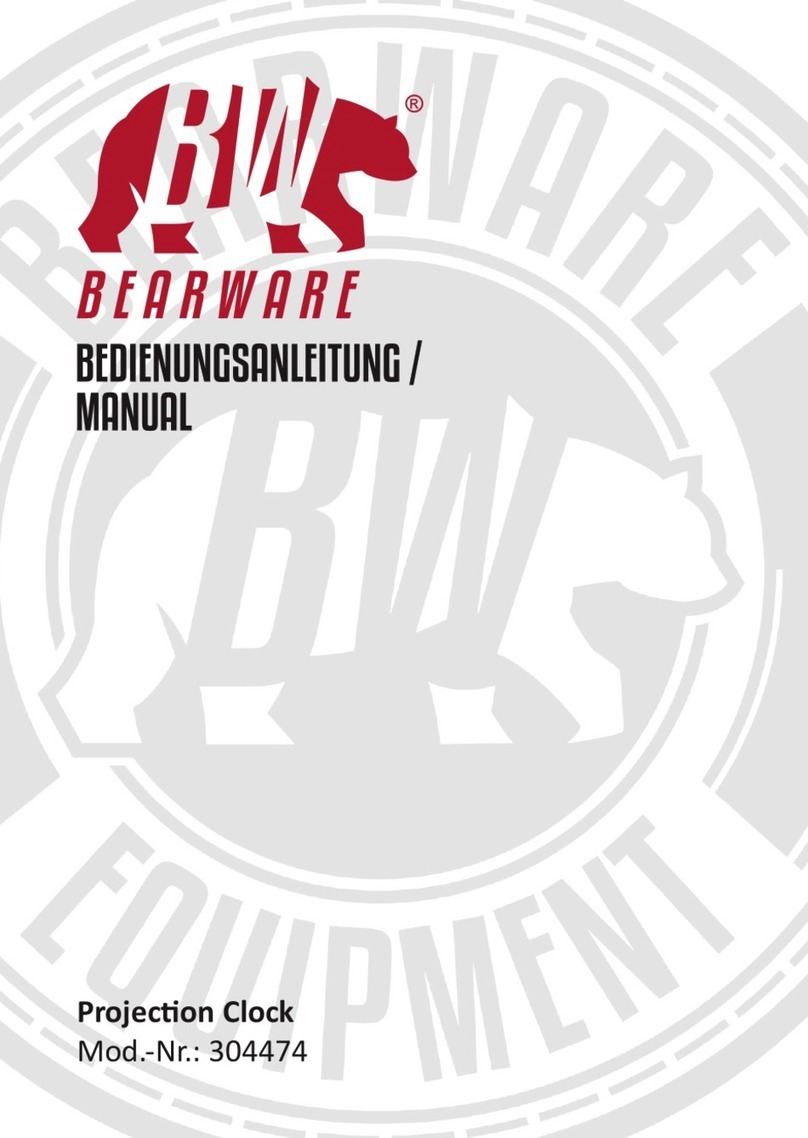
BEARWARE
BEARWARE 304474 manual
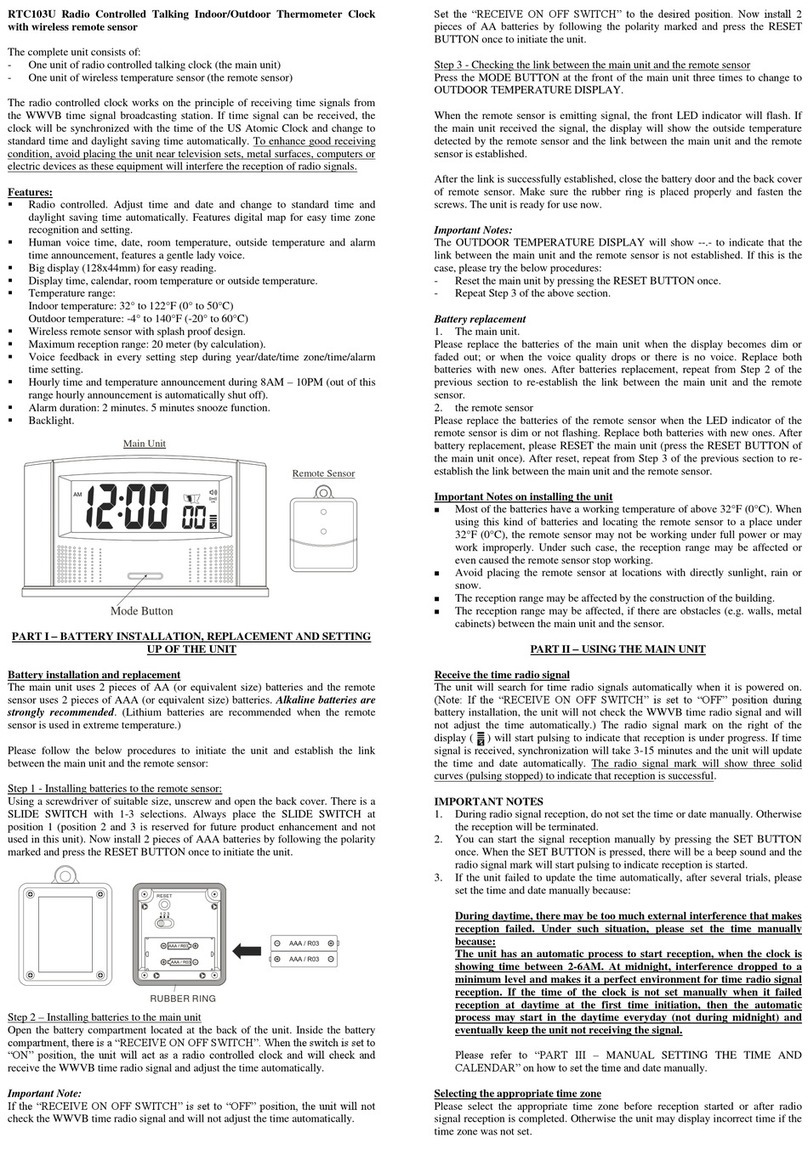
LS & S
LS & S RTC103U instruction manual
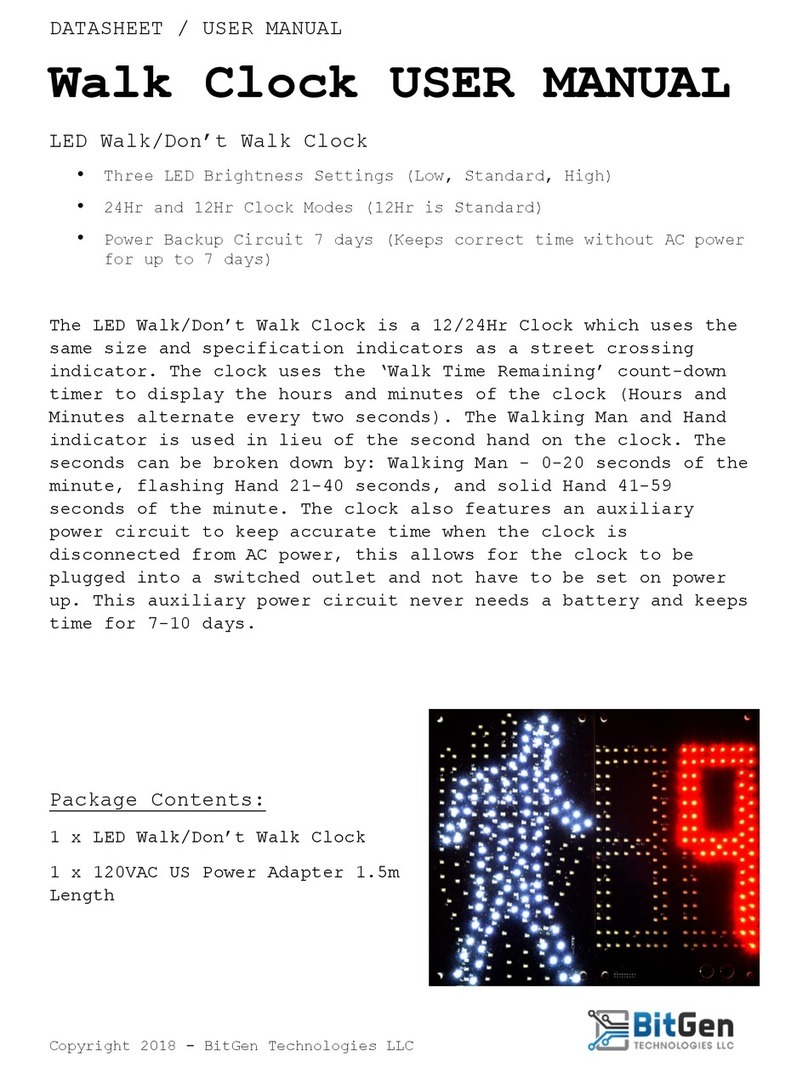
BitGen Technologies
BitGen Technologies LED Walk/Don't Walk Clock user manual
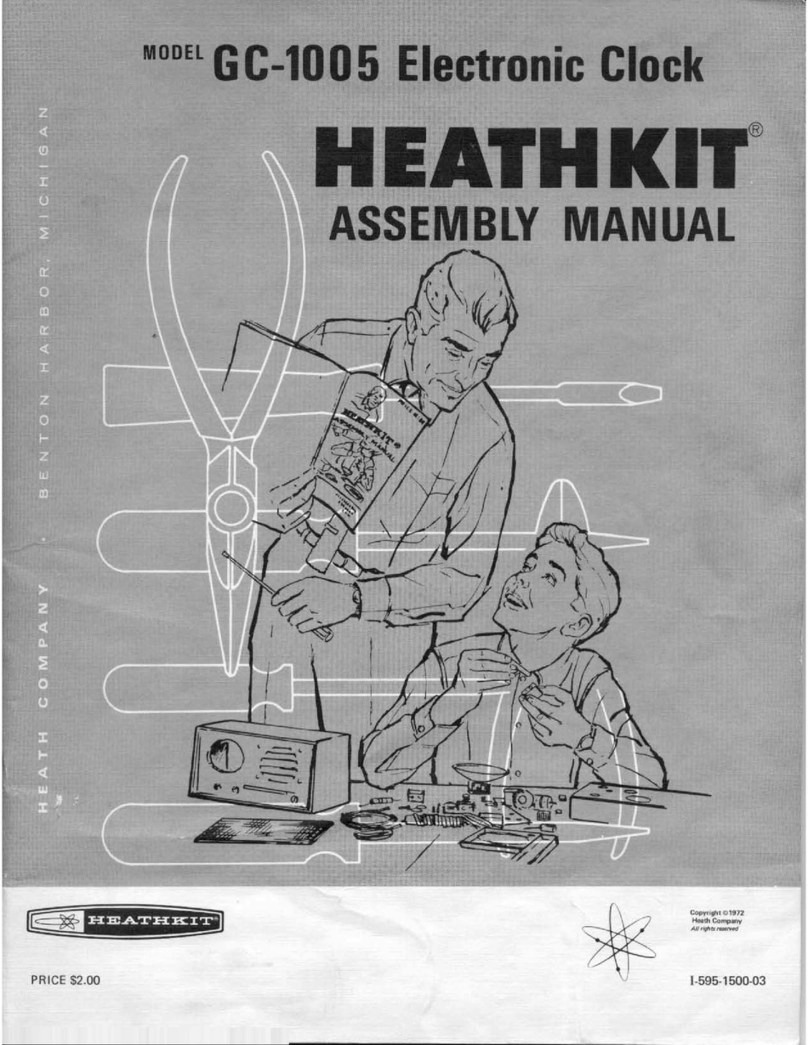
Heathkit
Heathkit GC-1005 Assembly manual
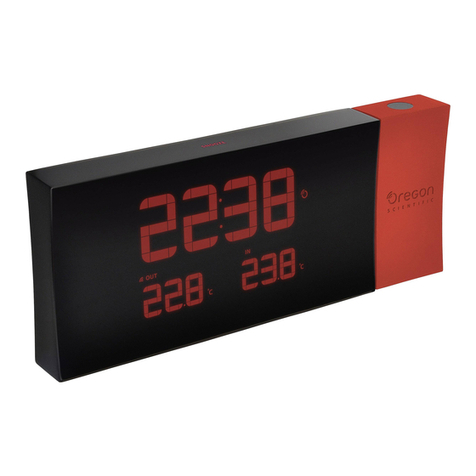
Oregon Scientific
Oregon Scientific PRYSMA RMR221P manual
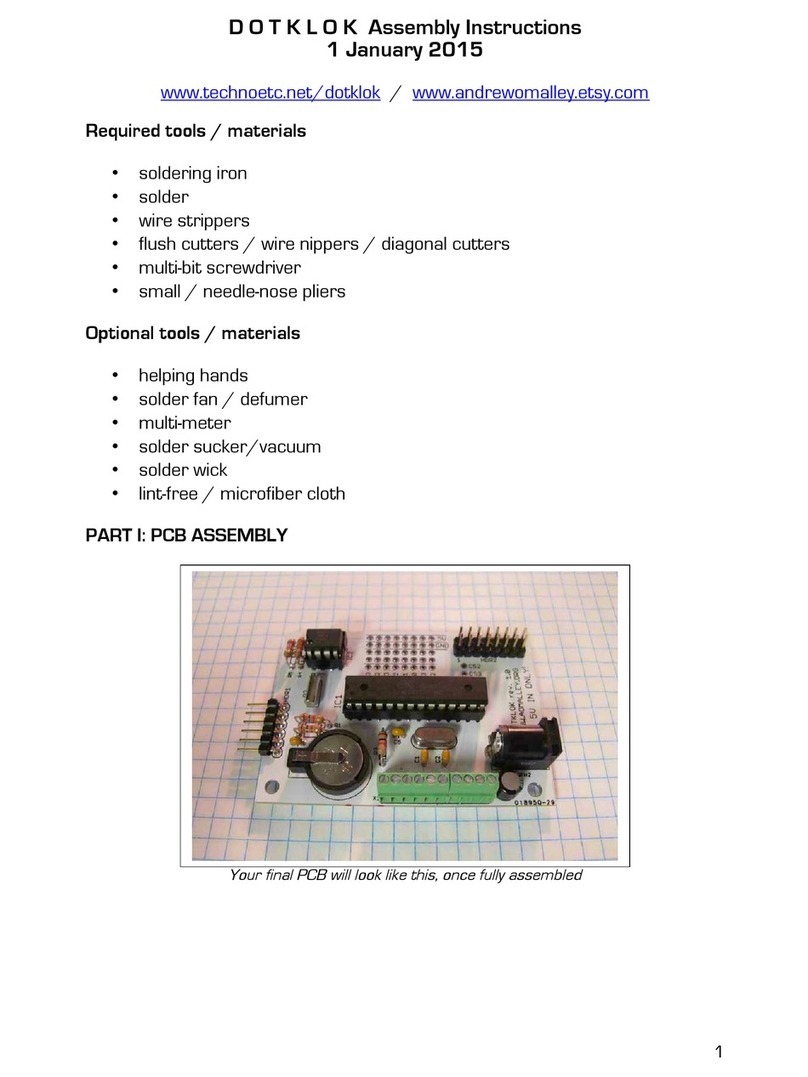
Andrew O'Malley
Andrew O'Malley DOTKLOK Assembly instructions
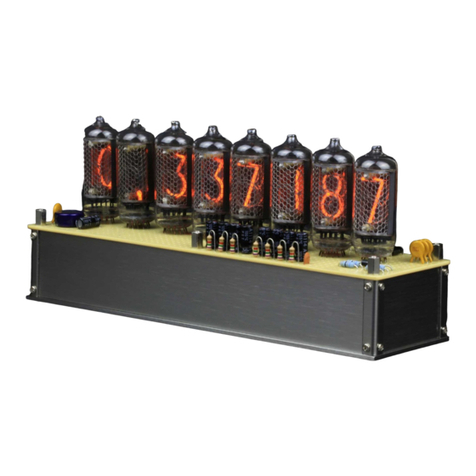
Nixie Clock
Nixie Clock Divergence Meter user manual

La Crosse Technology
La Crosse Technology WS-8256-AL user manual
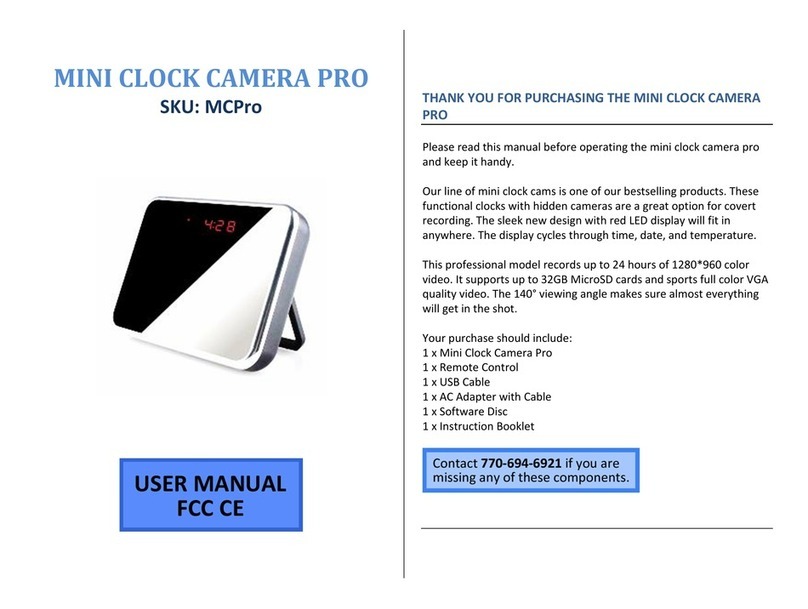
Mini Gadgets
Mini Gadgets MCPro user manual
